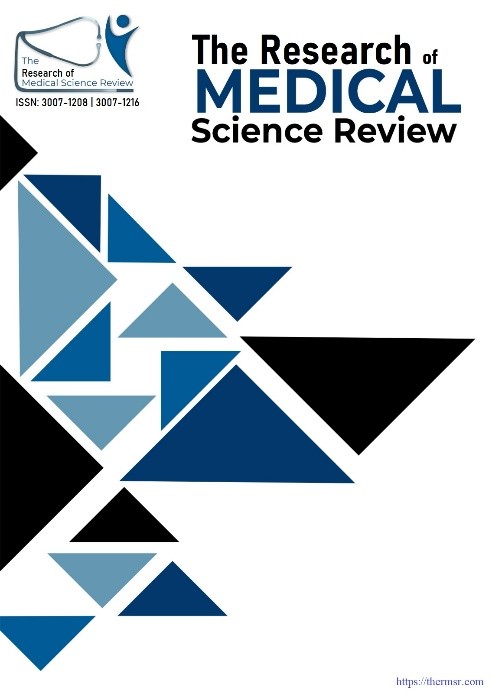STUDY ON PREVALENCE AND RISK FACTORS ASSOCIATED WITH SUB-CLINICAL MASTITIS IN KUNDHI BUFFALOES
Main Article Content
Abstract
This study was conducted to investigate the prevalence, severity, and associated risk factors of sub-clinical mastitis (SCM) in Kundhi buffaloes across three districts of Sindh, Pakistan: Sanghar, Mirpurkhas, and Dadu. A total of 210 buffaloes and 840 udder quarters were examined using the California Mastitis Test (CMT). The overall prevalence of SCM was 54.71% at the animal level and 39.37% at the quarter level. District-wise, Sanghar showed the highest prevalence (61.62%), followed by Mirpurkhas (50.13%) and Dadu (49.75%). Quarter-wise analysis revealed that the front right (11.79%) and hind right (10.56%) quarters were more frequently affected than the front and hind left quarters. Age and parity were significant risk factors. Buffaloes aged 6–9 years showed the highest prevalence (57.15%), and those with 4–7 parities had a prevalence of 56.34%, indicating increased susceptibility with age and lactation cycles. The CMT-based grading of mastitis severity revealed a high proportion of moderate to strong positive reactions. Among all quarters, 63.61% tested strong positive, indicating chronic or advanced infections, particularly in Sanghar and Mirpurkhas. These findings highlight the endemic nature of sub-clinical mastitis in Kundhi buffaloes and underscore the need for routine diagnostic screening, improved farm hygiene, and targeted awareness programs. Identifying risk factors such as age, parity, and quarter susceptibility can aid in the development of effective mastitis control strategies, ultimately improving milk yield and animal welfare in the region.
Downloads
Article Details
Section

This work is licensed under a Creative Commons Attribution-NonCommercial-NoDerivatives 4.0 International License.
